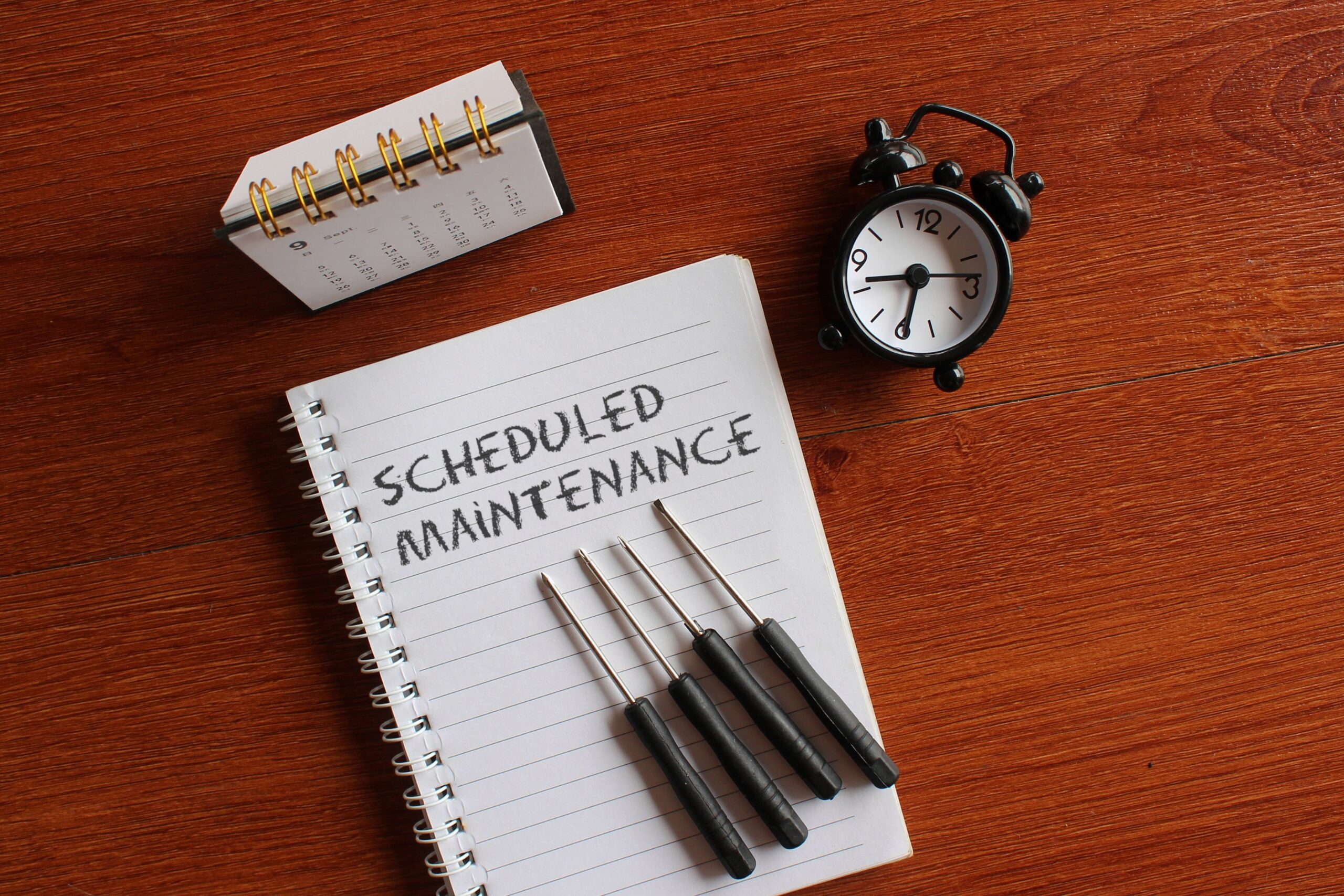In recent times, the landscape of insurance premiums and valuations for strata properties in Australia has undergone a significant transformation. This article delves into the key factors contributing to the escalating insurance premiums and the growing increases to the sum insured recommendations, specifically focusing on strata properties and highlights why having accurate and up to date valuations is important.
Rising Costs of Building Materials and Labour
One of the primary drivers behind the surge in insurance premiums for strata properties is the escalating costs of building materials and labour. In recent years and post the Covid-19 pandemic the construction industry has been grappling with supply chain disruptions, labour shortages, increased demand, and inflation in material prices. These factors directly impact the cost of repairing or rebuilding damaged properties, leading to increase replacement costs and insurance companies to adjust their premiums to reflect the heightened expenses associated with claims.
Increased Risk Awareness and Claims Frequency
The heightened awareness of risks associated with strata properties has prompted insurance companies to reassess their pricing strategies. Australia’s vulnerability to natural disasters, including bushfires, storms, and floods, has led to a surge in insurance claims. As the frequency and severity of these events increase, insurers are compelled to raise premiums to ensure they can adequately cover potential losses and maintain their financial stability.
Changes to the Legislative Requirements
Regulatory changes aimed at bolstering consumer protection and ensuring adequate insurance coverage have also contributed to the rising insurance premiums. In 2021, the Owners Corporation Act was amended, establishing new requirements for all Tier 1-4 Owners Corporations (3 or more lots) to obtain a reinstatement and replacement valuation for their building, and to be revalued at least every 5 years. Many properties who have never or not recently obtained a valuation are now finding their sum insured policy being corrected and increased to current market reinstatement costs.
Combustible Cladding
The presence of lightweight combustible cladding has emerged as a critical factor impacting strata insurance policies and premiums in Australia. The use of such cladding materials, often chosen for their aesthetic appeal and cost-efficiency, has raised significant concerns regarding fire safety and potential hazards. Insurers have responded by closely scrutinising properties with this type of cladding, leading to adjustments in insurance policies and premiums. The heightened material loss risk associated with combustible cladding has prompted insurers to impose stricter underwriting criteria, potentially resulting in higher premiums for properties with such cladding. As a result, strata property owners are now facing both financial and regulatory pressures to address the presence of lightweight combustible cladding, with insurance considerations playing a pivotal role in shaping the path forward for affected properties.
Limiting Risk / Building Safety Measures
As buildings age, maintenance and potential risks become more pronounced. To address this, strata property owners are investing more in preventive maintenance and risk mitigation strategies. Insurance companies offer more favourable premiums when buildings have implemented safety measures, such as fire safety systems, current asbestos management plans (where applicable), 10-year maintenance plans, security measures, and regular inspections. This, in turn, incentivises property owners to secure comprehensive insurance coverage to protect their investments.
Importance of Accurate Insurance Reinstatement & Replacement Valuations
The purpose of this Reinstatement and Replacement Insurance Valuation is to provide the Owners Corporation with a total sum insured amount necessary to replace, repair or rebuild the property to a condition substantially the same, but not better or more extensive than its condition when new.
These valuations are crucial for property owners as they ensure that the insurance coverage is adequate to cover the full cost of reinstatement, including materials, Labour, and any specialised features or equipment.
Insurance reinstatement valuations help property owners avoid the risk of being underinsured, which could result in insufficient funds to rebuild or repair the property adequately and will include the recommended reinstatement and replacement costs of improvements (building costs), cost for demolition and removal of debris, cost associated for professional fees, the predicted escalation costs during documentation/rebuild and the recommended amount to cover temporary accommodation/loss of rent.
As stakeholders navigate this dynamic environment, understanding these driving forces becomes imperative for making informed decisions that will ensure financial security of strata communities in the face of changing building and insurance environment. All strata development should obtain a valuation for the buildings it is liable to insure and ensure that the valuations are updated regularly, at least every 5 years or more frequently when there are sudden changes to the building industry or rapid inflation changes.
For assistance with your insurance valuations contact Mabi Services. To discuss your property’s strata management needs or receive a FREE management proposal contact our friendly team. We also offer more helpful resources and community living news in our FREE newsletter.



